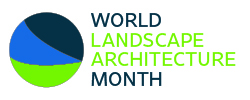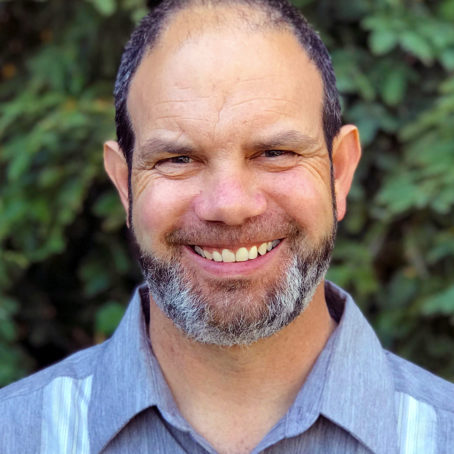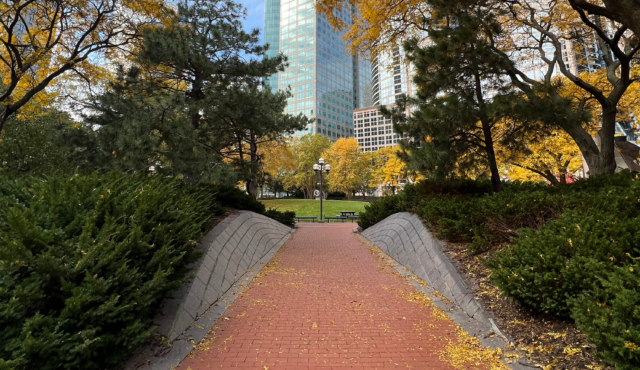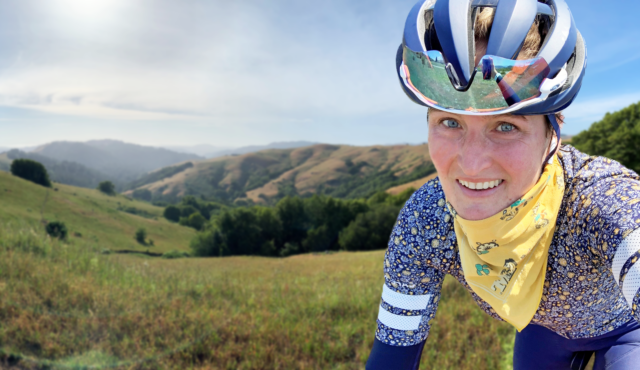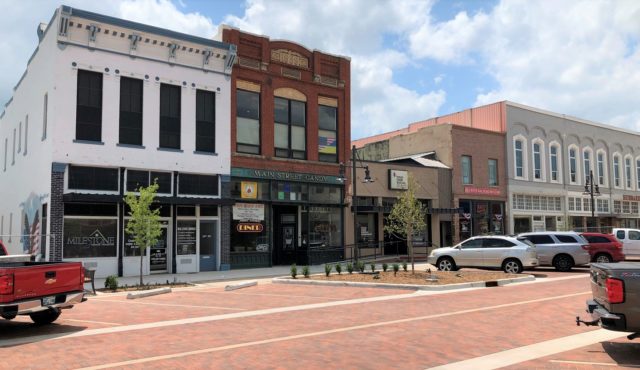 As World Landscape Architecture month draws to a close, our penultimate story features Kevin Robert Perry, FASLA, a Senior Landscape Architect, based out of Toole Design’s Oakland, CA office. Kevin is a newcomer to the firm, but a recognized expert in the field of Green Infrastructure and founder of UrbanRainDesign.com. We invited Kevin to share his story.
As World Landscape Architecture month draws to a close, our penultimate story features Kevin Robert Perry, FASLA, a Senior Landscape Architect, based out of Toole Design’s Oakland, CA office. Kevin is a newcomer to the firm, but a recognized expert in the field of Green Infrastructure and founder of UrbanRainDesign.com. We invited Kevin to share his story.
Why is the work of Landscape Architects important in the field of transportation?
Landscape architects are trained to look critically at public space and provide design solutions through a variety of lenses: circulation, placemaking, human comfort, environmental sustainability, beauty, etc. We are often asked to successfully knit together competing uses of spatial programming, especially in ultra-urban streetscape environments. In my specific area of expertise, green infrastructure, it is important to recognize that landscape architects can help create a balance between the mobility, ecological, and placemaking needs of a streetscape project.
What Toole Design project (or projects) that you’ve worked on best exemplifies this year’s landscape architecture month theme of Growing Together, and why?
I am currently working on the Reimagine Russell Boulevard project in Davis, California that is showcasing that very balance between mobility, ecology, and placemaking. The 2.5-mile corridor concept plan will develop a 30-year vision on how this vital connector can provide enhanced transportation options, widespread green infrastructure, and bold new placemaking opportunities between the University of California, Davis and the neighboring community. The design team has multiple landscape architects working together to help fulfill the project goals.

Which part of your training as a landscape architect has proven most useful and relevant to you in the professional world, and is there anything you wish you’d been taught in school that you’ve since learned (feel free to provide an example)?
As a designer, I think being able to toggle between design scales is very important. Landscape architects are trained to pull back and look a larger city or corridor-wide scale but also can drill into specific design detailing at any given time. With respect to green infrastructure, having a really strong sense of site grading and how water moves within the landscape is equally critical. The one thing I wish I had been taught within school is how to give presentations. I had to learn that skill while in the professional world. It would have been great to have specific coursework on how to effectively speak in public.
One of the greatest benefits of using green infrastructure is that it can be implemented across a wide range of scale and community contexts.
[Kevin recently delivered powerful Congressional testimony in support of green infrastructure on behalf of the American Society of Landscape Architects]
What’s the one piece of advice you’d give someone considering a career in Landscape Architecture?
Do it! There is so much potential within the profession of landscape architecture and a wide variety of work typology to pursue. My advice would be to attend the annual Conference on Landscape Architecture to gain a greater understanding of the full diversity of the field of landscape architecture.
